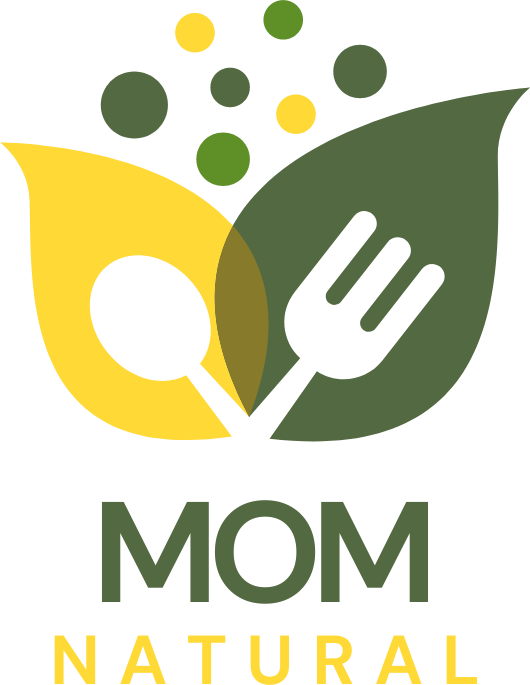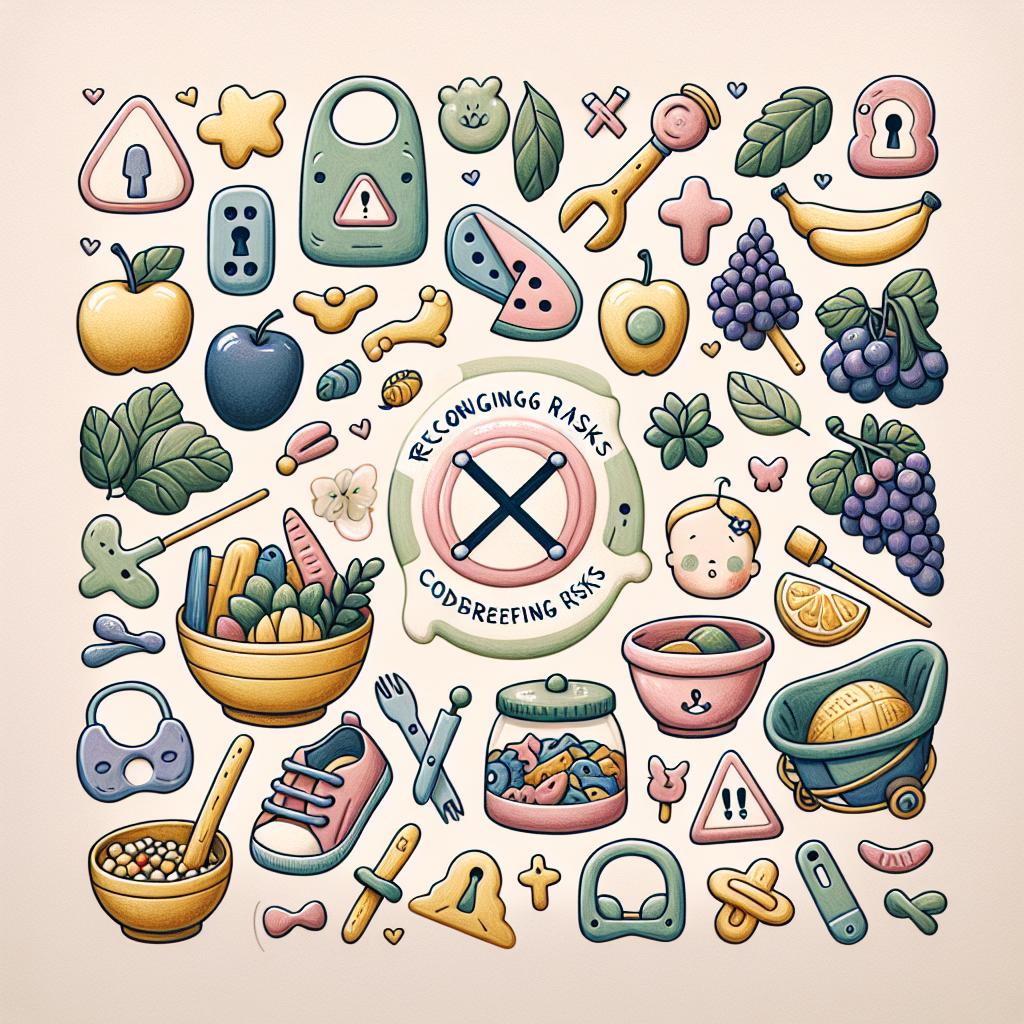Understanding Choking Risks And Child-Proofing Tips
Identifying Potential Choking Hazards
Choking is a serious risk for young children due to their small airways and curiosity about their surroundings. Children often explore by putting things in their mouths, which means anything small enough can pose a choking hazard. As such, it’s critical for parents to recognize these risks and take measures in balancing work and home life to ensure our homes are safe environments for our little ones.
Choking Risks from Foods
When it comes to the diet, some foods are particularly risky for children under the age of four. The Centers for Disease Control and Prevention (CDC) provides a good guide on choking hazards in foods which include:
- Hard or crunchy foods like nuts and raw vegetables.
- Round foods like grapes and hot dogs.
- Sticky foods like peanut butter.
- Small foods like candies.
These foods can easily get lodged in a child’s throat, blocking their airway. As a preventive measure, be sure to cut food into smaller, manageable pieces and encourage your child to chew thoroughly before swallowing.
Non-Food Choking Hazards and Tips for Child-Proofing
Aside from food, there are many small household items that can pose a choking risk to children. Toys, batteries, jewelry, and even coins can be dangerous if swallowed. The National Safety Council offers a comprehensive list of choking hazards to be aware of.
- Inspect toys: Make sure that all toys are appropriate for your child’s age and development level. Avoid toys with small parts or items that could easily be broken off and swallowed.
- Secure small objects: Keep small objects like batteries, coins, and jewelry out of reach. The same goes for items like pen caps or buttons that could easily detach from clothing or accessories.
- Tighten lids: Make sure all containers with small items (like beads or craft supplies) have secure lids.
- Supervise meal times: Always supervise young children while they’re eating and never let them run, play or lie down with food in their mouth.
Recognizing The Signs Of A Choking Child
Despite our best efforts to prevent choking, accidents can still happen. Therefore, it’s important to know the signs of a choking child. These can include sudden inability to talk, difficulty breathing or noisy breathing, skin turning blue, and loss of consciousness. Knowing what to look for can make all the difference in a crisis situation. Here’s a first aid guide for choking to help you know what to do if a child starts choking.
Preventing choking hazards and ensuring a safe environment for our children requires constant vigilance and effort. But with proper precautions and knowledge of what to look out for, we can minimize these risks and keep our little ones safe.
Creating A Safe Environment
Alongside these precautions, it’s important to foster a positive and nurturing environment where children feel safe to explore. One of the ways we do this in our family is by maintaining a flexible parenting schedule and incorporating activities such as our Family Gratitude Jar. These practices not only help to create positive mindsets but also reinforce safety rules, making them part of the natural learning process.
How to Child-Proof Your Home to Avoid Choking Hazards
Beyond food and toys, there are countless objects around the house that can pose a risk to the curious and inquisitive minds of small children. Anything that can fit through an empty toilet paper roll is potentially dangerous. In order to maintain a safe environment, it’s vital to child-proof your home.
- Put small items out of reach: Make sure that any items small enough to be a choking hazard, such as buttons, batteries, jewellery are kept out of reach of children.
- Cover electrical outlets: Children may stick fingers or objects into outlets, potentially causing electrocution.
- Secure Furniture: Anchor heavy furniture to the wall to prevent them from tipping over if your child tries to climb on them.
- Install safety gates: Use safety gates at the top and bottom of stairs and close doors to rooms with potential hazards.
Essential First Aid Knowledge
Having a comprehensive understanding of first aid procedures is essential for anyone who frequently takes care of young children. According to the Verywell Health article it’s important for parents to learn the Heimlich manoeuvre, back blows and chest thrusts strategies for dislodging the foreign object.
Enroll in a Choking Prevention Class
Every city has first aid and CPR classes available to the community. Healthy Children Organization’s guideline suggests that parents should ensure they and anyone else providing care to their children understand what to do in a choking emergency.
Teach Kids About Choking Dangers
As kids grow older, it is also important to start educating them about the dangers of choking. Explain why certain items should not be put in their mouths and teach older children to keep their small toys out of reach of younger siblings.
Choking Prevention Policies at Childcare Centers
If your child attends a childcare centre, learn about their choking prevention policies. Ensure they serve age-appropriate meals, have choking prevention training and maintain a safe environment free from choking hazards.
Balancing Safety and Independence
While it’s important to be vigilant about choking hazards, it’s also crucial to help children build self-confidence and independence. Maintaining a balance between safety and self-discovery allows children to learn and grow while ensuring their wellbeing.
As you create safe spaces for your children, remember to communicate openly with them about safety. This sets the stage for them to understand their surroundings, know the potential risks and learn how to navigate them safely. Here’s a guide on choking prevention for children.
Be Vigilant but Trust in the Process
Remember, while we must do everything possible to prevent accidents, it’s essential to trust in the process of childhood exploration and discovery. Observing, learning and engaging with the world around them is an integral part of a child’s growth and development and crucial for their cognitive skills. Do not let the concern of potential dangers stifle your child’s natural curiosity. Instead, tailor the environment as much as possible to enable safe exploration.

